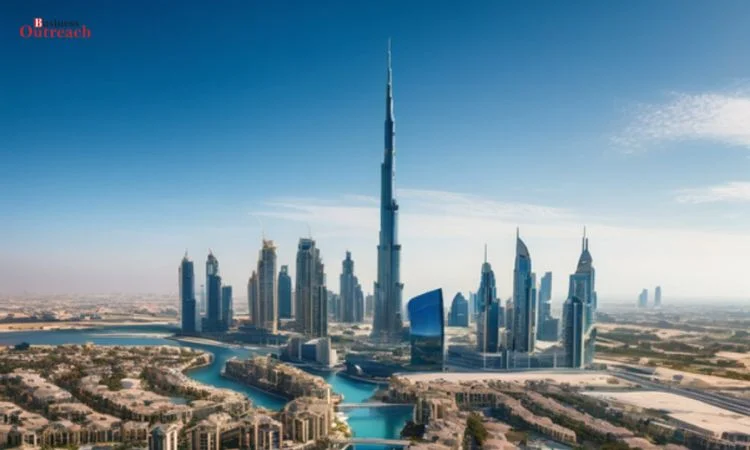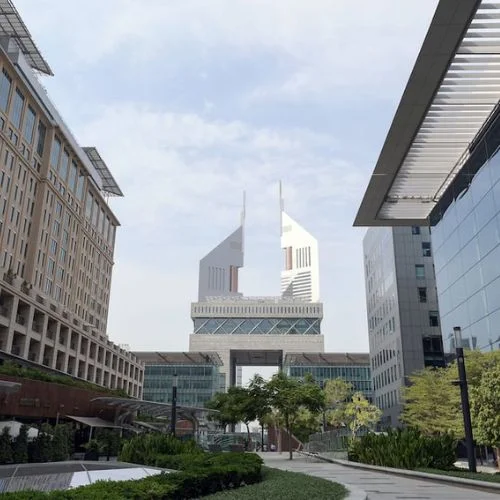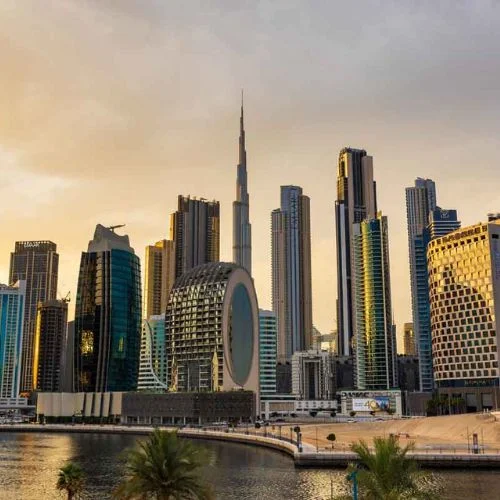Overview of the Market Dynamics
Dubai’s prime residential real estate market, which includes the indefinite prestige of Emirates Hills, Jumeirah Bay Island, Jumeirah Islands, and The Palm Jumeirah, is dramatically changing. The latest analysis from Knight Frank has revealed that the number of homes available for sale has fallen by 47 percent in the prime areas over the past year. This drop is against the backdrop of strong demand from HNWIs worldwide, mirroring a change in investor behaviour and market dynamics.

PC: Quora
Factors Behind Fall in Listings
Insatiable Demand from Super-Rich of the World
Faisal Durrani, partner and head of research, MENA at Knight Frank, commented that Dubai remains a hot destination for the super-rich across the world—it’s one major reason for the acute shortage of luxury homes in the city. The onset of demand had surged ahead of its supply in the prime locations, causing a drastic fall in listings by almost half in only one year.
Shift to Buy-to-Hold Strategy
The shifting interest of international HNWIs from flipping for quick resale to a buy-to-hold strategy is one of the defining trends in Dubai’s high-end property market. This has further reduced the quantum of luxury homes available for sale in the market, compared to previous market cycles. Investors are now more inclined to purchase for personal use, reflecting a long-term commitment to Dubai’s real estate market stability.
Performance and Price Trends
Surge in Average Transacted Prices
The Dubai prime residential market, although confronted with a shrinking supply, appears very resilient in terms of price performance. Average transacted prices for Emirates Hills, Jumeirah Bay Island, Jumeirah Islands, and The Palm Jumeirah rose 7% in the first half of 2024 compared to the same period in 2023, reaching AED 3,706 per square foot. This uptrend reiterates that the appeal of the luxury real estate segment in Dubai never really faded away amidst the turmoil of the current global economy.
Dominance of The Palm Jumeirah in Sales
The Palm Jumeirah has generally been on top, capturing 89.3 percent of home sales as of H1 2024 within the prime residential transactions. This fact further reaffirmed balance, stating that it is one of the top destinations for luxury property investment in Dubai, followed by Jumeirah Islands, Jumeirah Bay Island, and Emirates Hills.
High-Value Property Sales
Resilience in US$10 Million+ segment
As 2023 went on to see an 80% year-on-year increase in ultra-luxury real estate transactions above US$ 10 million, further proving exceptional demand in the market compared to major global competitors such as London, in H1 2024, Dubai continued racking up transactions worth US$ 3.2 billion in that exclusive price category, cementing sustained investor confidence in and market vitality.
Emergence of US$ 25 Million + Market Segment
Significantly, demand for properties above US$ 25 million has surged; there is a spike of 25 per cent in sales in the last three months. This growth thus indicates that such transactions are an unprecedented trend in Dubai’s luxury real estate market since high-value transactions were pretty rare in the past.
Future Outlook and Market Resilience
Strategic Government Initiatives
On the other hand, the Dubai government has continued its initiative in implementing strategic measures against changing market backdrop to keep the sector buoyant. These are how regulatory reforms, coupled with different incentive measures, might attract global investors and help the market remain strong amid economic uncertainties.
Projected Market Stability
Looking ahead, Dubai’s prime residential market can be expected to remain resilient against the backdrop of continuing challenges. An inulin mix of robust demand from international HNWIs, price resistance, and government support measures will be enough to balance constraints to supply and place growth in the luxury real estate sector on a firmer footing.
The Dubai prime real estate market is undergoing attitudinal changes, characterised by property listings that have nearly reached half while the demand on a global outlook remains very strong. With Dubai continuing to cement its position as a leading destination for luxury property investment, there is optimism among stakeholders over the market’s resilience and future prospects. Even with the strategic measures in place and changing investor landscapes, Dubai remains a lighthouse to high-net-worth individuals seeking enduring value and premium living experiences for their segment right in the heart of the Middle East.















